Description
Introduction
In the oil and gas industry, maintaining the integrity and efficiency of a pipeline system is of paramount importance. Among the various tools available, the Foam Pipeline Pig stands out for its versatility and efficacy. These tools play a crucial role in routine pipeline maintenance, facilitating the free flow of materials and preventing costly blockages. Beyond cleaning, Foam Pipeline Pigs also play a significant role in inspection, testing, and batching operations within pipelines.
Standard Method for Pipeline Cleaning Utilizing Foam Pipe Pigs
Before cleaning
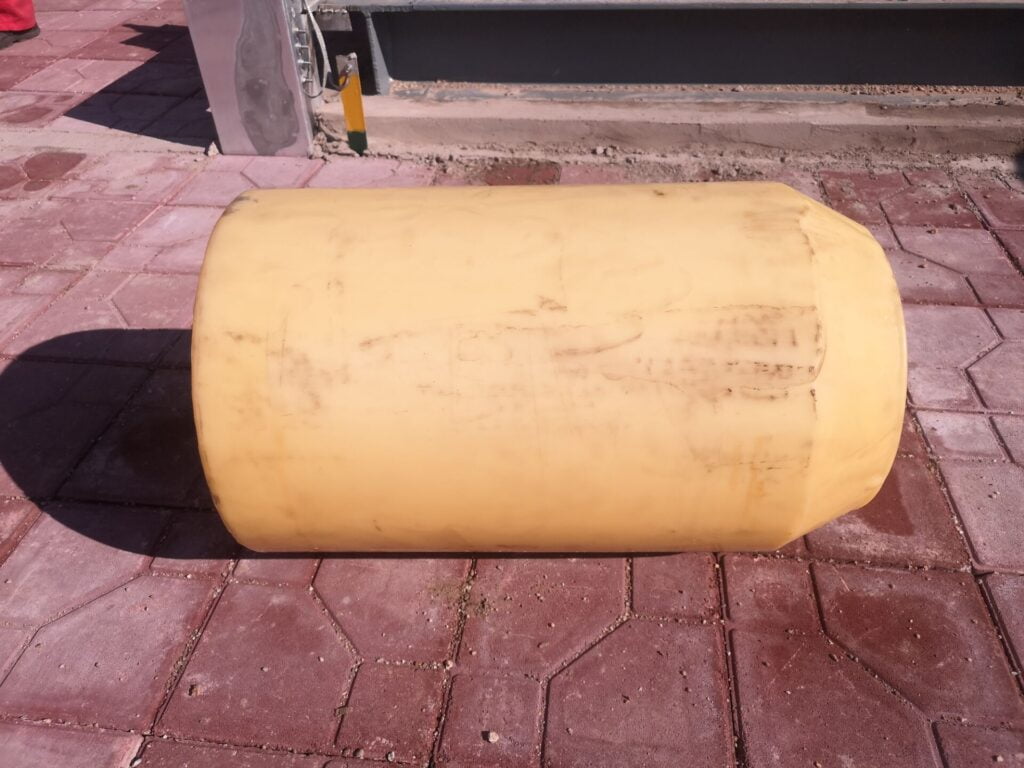
After Cleaning
- Operation Preparation:
Before starting the cleaning process, it is necessary to consider the dimensions, internal condition, product type, and flow rate of the pipeline. Based on these factors, choose the appropriate type and quantity of foam pigs. For effective cleaning, the pig’s diameter should be 5% to 10% larger than the pipe’s internal diameter.
- Insertion of Pigs:
The foam pig is inserted into a pig launcher, which is a pipeline-connected device used to introduce pigs into the system. The pressure of the pipeline is then employed to push the pig along the pipe.
- Pipeline Maintenance:
The fluid or gas pressure behind the foam pig propels it forward once it is inside the pipe. As the pig travels through the pipeline, it scrapes against the interior walls, removing any deposits. Depending on the pigging strategy, the pig or product flow then transports this detritus forward.
- Pig Reception:
At the end of the pipeline is a pig receiver, designed to safely capture and remove the pig from the system. Regular examinations of the receiver are necessary to ensure the pig’s safe arrival and removal.
- Post-Operation Evaluation:
After removing the pig, examine the debris collected during the cleaning process to determine the nature and quantity of the buildup. This analysis can assist in determining the frequency of future pigging operations.
- Disposal:
The used foam pig, along with any leftover debris, must be disposed of in accordance with local regulations and environmental protection protocols.
Different Types of Foam Pipeline Pigs
- LCQZ-RTH Hygroscopic Bi-Di Foam Pig: Crafted from polyurethane, this pig is known for its significant water-absorbing capacity and flexibility, capable of reshaping up to 70% of its initial form. It is highly effective for tasks like dewatering, degreasing, and pipeline drying.
- LCQZ-RTN Bare Foam Pig: This pig shares similarities with the Hygroscopic Bi-Di Foam Pig with its notable water-absorbing ability and flexibility, allowing for deformation up to 60% of its original size. It is extensively used for dewatering, degreasing, and drying pipeline systems.
- LCQZ-RTR Polly Foam Pig: This pig, with a polyurethane core and a coated surface of polyurethane elastomer, provides excellent flexibility and resistance to wear. It can deform up to 50% of its original size and is primarily utilized for scrubbing, descaling, and isolating fluids in pipelines.
- LCQZ-RTCB Criss Cross Foam Pig with Brush Table: This pig comes with an attached spiral wire brush, enhancing its capability to eliminate tough scales from pipelines. It can reshape up to 40% of its original size, offering superior rust removal and decontamination effects.
- LCQZ-RTCC Criss Cross Foam Pig: Lacking a brush but similar to the preceding model, this pig is coated with a prismatic block polyurethane elastomer on its surface. It possesses high surface hardness and a significant friction coefficient, making it suitable for pipeline cleaning and impurity removal.
Advantages of Foam Pipeline Pigs
Foam pigs bring a multitude of significant advantages to pipeline maintenance and cleaning, making them a popular choice across various industries. One of their primary strengths lies in their extraordinary ability to remove debris, deposits, and contaminants from the interiors of pipelines. This not only ensures optimal flow but also prevents blockages, facilitating uninterrupted operation of the conduits.
Furthermore, foam pigs are renowned for their cost-effectiveness. Their durability and the ability to be used for numerous cleaning cycles make them an economical choice for long-term applications. They play a crucial role in keeping pipelines clean by removing residues and other undesirable substances. This is particularly important in industries such as food processing and pharmaceuticals, where the purity of the product is paramount.
The lightweight and adaptable nature of foam pigs allows them to be suitable for a wide range of pipeline sizes and configurations. This flexibility facilitates their use in a diverse array of pipeline maintenance tasks. Furthermore, they can be tailored with different densities, coatings, and configurations to meet varying cleaning challenges. Lastly, foam pigs are less abrasive than other types of pigs, minimizing pipeline wear and the risk of damage during the cleaning process.
Foam Pipeline Pigs in the Pipeline Cleaning Process
Foam Pipeline Pigs play a crucial role in the pipeline cleaning process. They are commonly used to eliminate debris, sediment, and other contaminants that may build up in pipelines over time. The product flow or a propelling medium, which could be either a gas or a liquid, depends on how the pipeline is operating to propel the pig through the pipeline. As the pig travels through the conduit, it scrubs the inner walls, removing any accumulated debris. This debris is then either carried out by the pig or drained away after the pig’s removal.
Safety and Environmental Considerations
Foam Pipeline Pigs offer a multitude of benefits, but their use also comes with safety and environmental considerations. To avoid accidents, operators must ensure that pigs are correctly inserted and removed. Additionally, it’s important to handle the debris that these pigs have displaced properly to prevent environmental pollution. Owing to the material composition of foam pigs, they can damage or deteriorate over time, potentially leaving foam fragments in the pipeline if not properly monitored.
Conclusion
Foam Pipeline Pigs have proven to be indispensable tools in the oil, gas, and other industries requiring pipeline systems. Their versatility, cost-effectiveness, and efficiency in maintaining the cleanliness and integrity of pipelines contribute significantly to operational success.
Their essential role extends from routine maintenance tasks, such as removing debris and contaminants, to more complex operations like inspection, testing, and batching. The adaptability of foam pigs, coupled with their different types and configurations, allows them to meet a wide array of cleaning challenges, demonstrating their crucial role in preserving the health of a pipeline system.
However, their use is not without its challenges. Safety and environmental considerations necessitate careful handling and disposal of foam pigs and the debris they dislodge. Their material composition also demands regular monitoring to prevent pipeline contamination from degrading foam fragments.
In conclusion, the proper use and management of Foam Pipeline Pigs are vital for maintaining optimal pipeline performance. Their benefits far outweigh their challenges, making them an invaluable asset in industries reliant on pipeline systems. As technology advances, further improvements and innovations will undoubtedly continue to enhance the effectiveness and safety of Foam Pipeline Pigs.

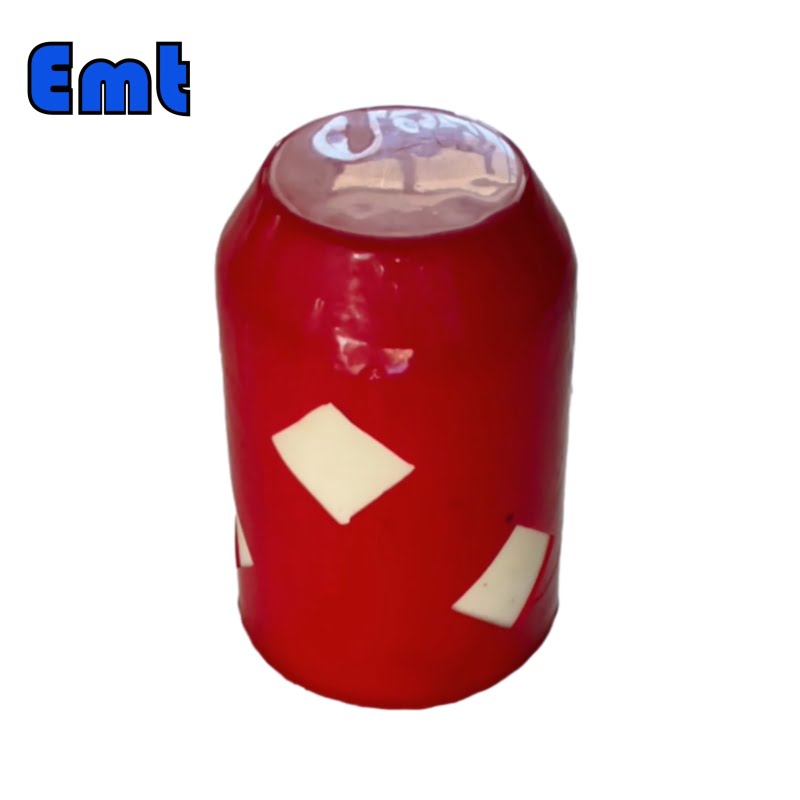
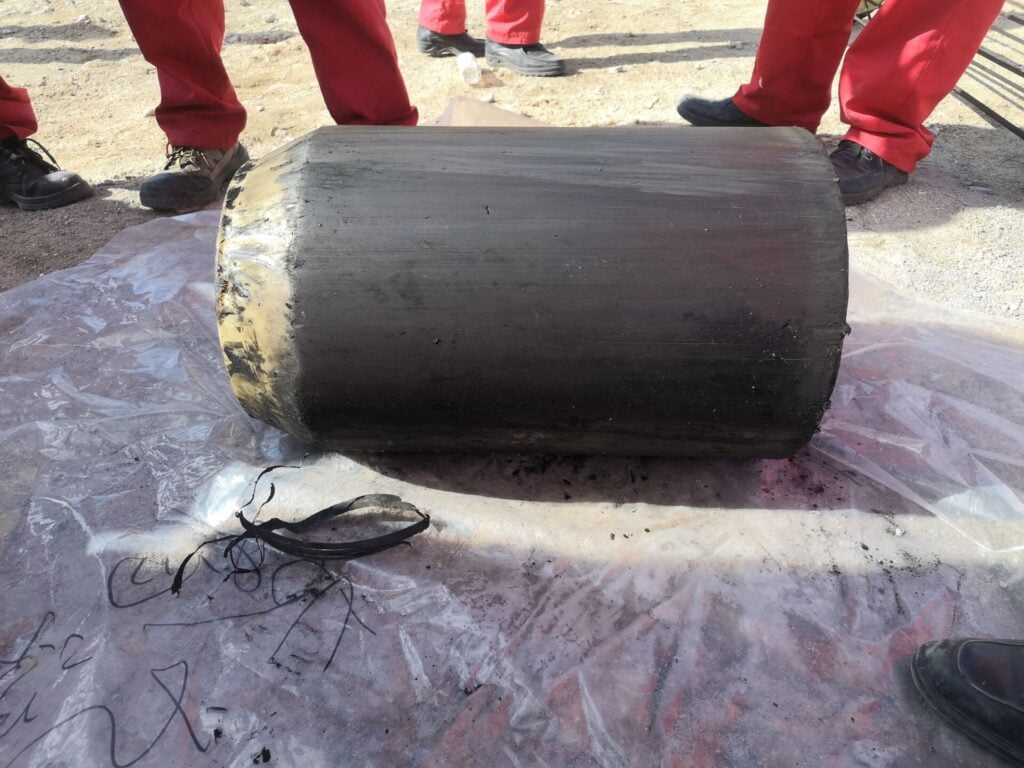
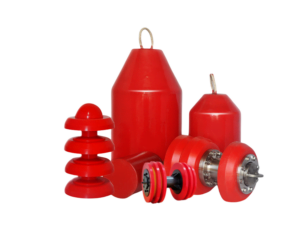
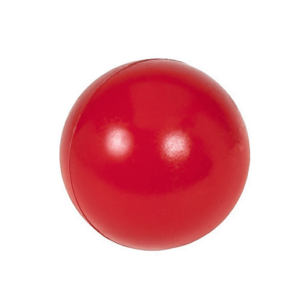
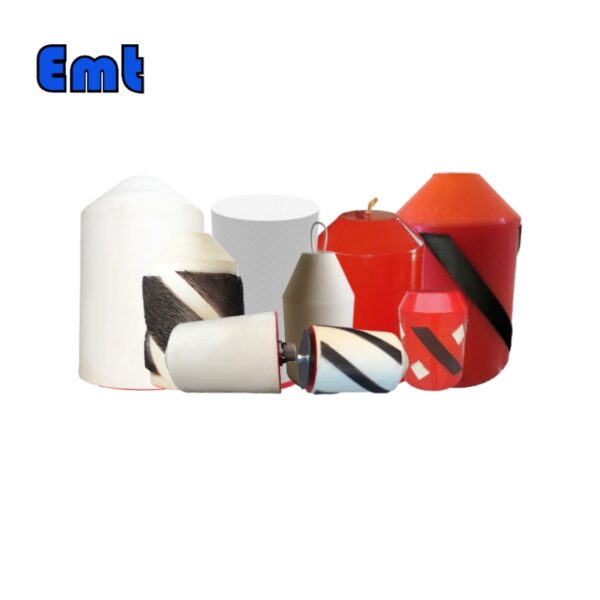
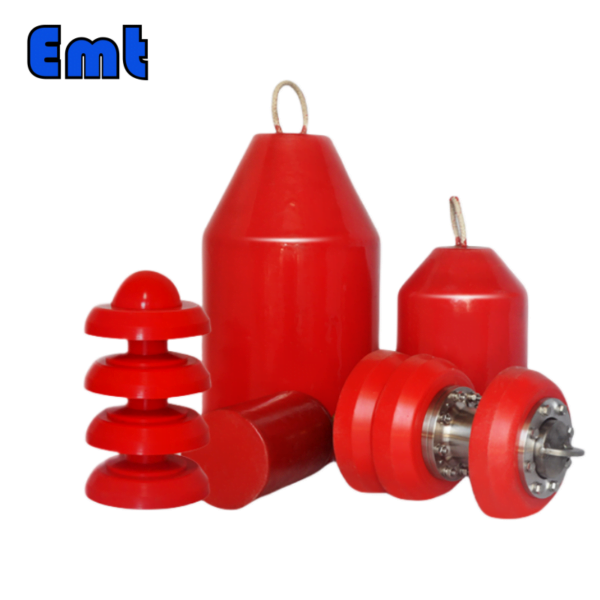
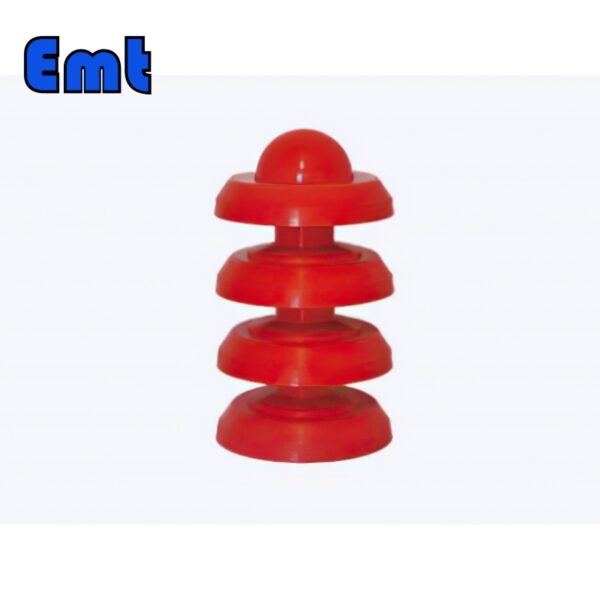

Reviews
There are no reviews yet.